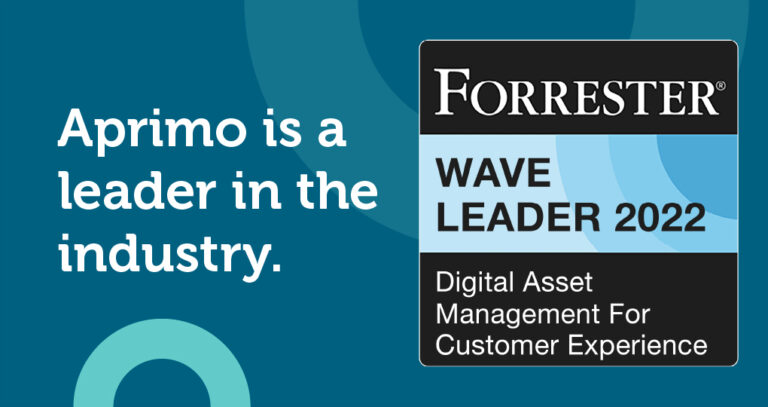Building a Content Operations Roadmap for Sustainable Success


Content is the bread and butter of a modern business. It brings life to your digital marketing efforts and allows you to connect with your target audience. But managing an ever-growing stream of content can get complicated fast — that’s where content operations comes in.
A content operations roadmap serves as a pipeline, streamlining content from ideation to execution. When done correctly, content ops will help you cut out waste, own the content creation process, and efficiently drive content strategies. This guide will walk you through the steps to build a better content operations roadmap and set your business up for sustainable success.
Understanding Content Operations
If you own a business, you’re already familiar with the importance of content. From social media to blog posts to videos, digital content is what drives effective marketing campaigns. Today, around 90% of businesses incorporate content into their overall marketing strategies.
You might already have a well-defined content strategy that outlines your goals and target audience. However, a content strategy is not the same thing as content operations. A content strategy provides a general approach, while content ops covers the practical details and steps necessary to reach your goals.
So, what is content ops? It’s everything that takes content from an idea to a product: the people, the processes, the technologies and strategies. Because content ops incorporates a wide range of different elements, it can be helpful to picture it as a map: a clear path for content to get from start to finish as efficiently and to the highest standards possible.


Key Components of a Content Operations Roadmap
Your content operations roadmap should seamlessly connect every stop along the way. Here are a few of the most important components:
Content Planning
The planning stage involves key stakeholders and creators. You should develop a detailed calendar for content production and make sure your planned content aligns with the goals outlined in your content strategy. Planning is an ongoing process that will evolve as your business’s needs and goals change.
Content Creation
In the creation stage, in-house or third-party content creators collaborate with business leaders to write, design, film, and photograph content that aligns with your content strategy. The content should be stored and shared through a digital asset management (DAM) platform to maximize security and efficiency.
Content Distribution
Once approved, content is published or distributed across various channels.
Content Analysis
Analysis is the key to successful content marketing. Using your content management platform or other tools, you’ll track key content metrics like page views, clickthrough rate, responses, and more. Detailed analysis shapes your future content strategies to continuously improve efficiency and boost ROI.
Aligning Content Operations With Business Goals
Before you start implementing the practical steps of your content ops roadmap, make sure you’re working in line with your business goals.
A lack of clear objectives is one of the key reasons marketing strategies fail. Meet with business leaders and stakeholders to outline detailed objectives for your content operations. At this stage, you should also define your key performance indicators (KPIs) so you know how to measure success as you carry out your content operations.


Technology Integration for Streamlined Operations
The right tools will make all the difference. Explore different content management and DAM tools to find a platform that will connect every stage of your content operations and maximize efficiency.
When comparing software platforms, consider these important features:
-
Customizability: Your content operations platform should be customizable to meet your business’s unique goals.
-
User-friendliness: The best software platforms are clear and easy for your whole team to adapt and use.
-
Automation: Automation saves time, reduces costs, and eliminates the risk of errors.
Building a Scalable Content Operations Culture
Your content operations roadmap involves a wide range of experts, teams, and stakeholders. If those people aren’t working together, it’s going to be a bumpy road. That’s why it’s so important to foster collaboration and build a scalable working culture.
The right content management tools will help with collaboration by making it easier to share content and provide feedback. Make sure new team members learn to use these tools and have support as they take on new tasks. The goal is to create a streamlined workforce that can grow and adapt as your content needs evolve.


Measuring and Optimizing Content Performance
Content operations is not a one-way street — it’s an ongoing cycle. Detailed analytics and reporting will help you improve future content from the planning stage. If you’re still developing your content strategy, A/B testing is a great tool to help clearly define your goals. Test two versions of a website, blog, or social media post to see which generates more engagement, then adapt your strategy accordingly.
Remember that when it comes to content operations, nothing is set in stone. Your workflows, goals, and priorities will shift as your business grows. With the right tools and a positive, communicative working culture, your content operations roadmap will guide you toward long-term marketing success.
Frequently Asked Questions
How does content operations differ from content marketing?
Content operations and content marketing are similar concepts, but differ in scope and the tools needed for success. In general, content marketing is a simple process that involves creation, approval, and publication. Content operations is a large-scale platform that incorporates multiple teams, processes, and technologies. A small business may start out with content marketing and eventually adopt a full content operations strategy.
Why is a content operations roadmap crucial for long-term success?
Strategic planning is crucial for all aspects of your business’s growth. Even if you don’t have the budget for a full-scale content operations platform right now, developing a detailed roadmap will help you identify your goals and spot key issues, so you can implement successful strategies when you have the right resources.
Can small businesses benefit from a content operations roadmap?
Businesses of all sizes will benefit from a content operations roadmap. The best roadmaps are scalable ? your plans will grow and adapt as your resources develop.
How can technology integration enhance content operations efficiency?
Modern DAM platforms and other content management tools make it easier to store, share, and manage content through all stages of content operations. They reduce the risk of error in your analytics and can automate repetitive tasks, saving time and money.




